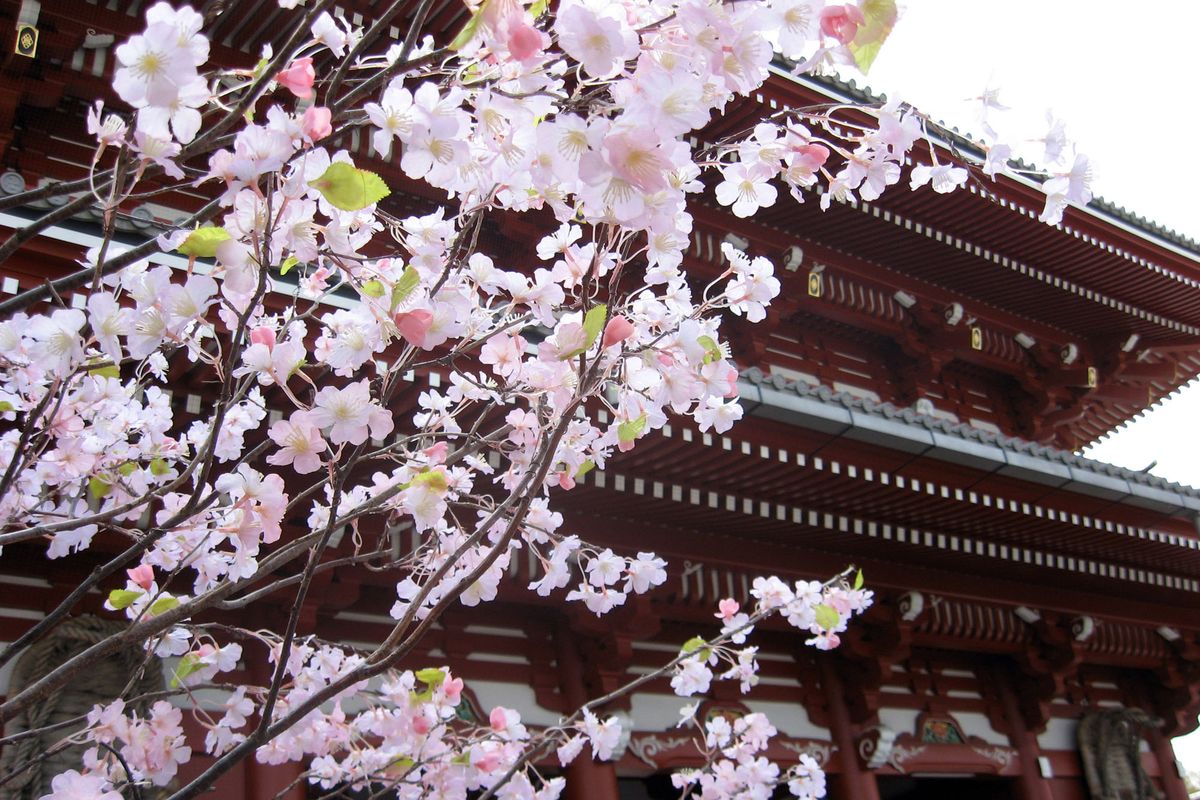Modern wonders meet ancient treasures in this Japanese city

Many visitors arrive on the platypus-nosed Nozomi bullet train from Tokyo. The countryside in between is a blur and often blocked by walls to keep the roar of the train away from locals.
Visitors disembark into Japan Rail Kyoto Station, one of the world’s most modern, a seven-story erector set world that’s part transportation hub and part shopping mall. It’s connected to two huge shopping arcades, The Cube and Porta, packed with restaurants for every taste. Not only traditional udon, katsu, ramen and sushi, but also Subway, Starbucks, Mister Donut and Cafe du Monde, a transplant from New Orleans. A store sells kitsch from the 1950s cartoon “Atom Boy” (known as “Astro Boy” in the U.S.) with jet-black pompadour hair. A post-World War II cartoon star, he was said to have been born in the far distant future – 2003.
Many visitors like to get away from the train station as soon as possible and out toward the temples to the north and east, but I suggest visitors linger. This helps set up the juxtaposition from new to old that makes Kyoto so special. Stay the night at Granvia, a sleek boutique hotel that feels transplanted from New York. Rooms are large (and come with a discount if you have a Japan Rail Pass).
So far, Kyoto seems nothing like its ancient image. That comes when visitors head out toward the temple districts. Because my trips are usually short, I stay at a hotel instead of a guesthouse. My favorite is the Hyatt, across the street from the Kyoto National Museum and next door to the Sanjusangendo Temple, where the great annual archery contest is held in January. The temple is famous for 1,000 carved cypress wood statues covered in gold leaf of Kannon Bosatsu, the goddess of mercy. They surround a large statue of Kannon. These are protected by 30 other statues, which include deities over the wind and thunder.
After seeing the museum and temple, my favorite thing to do is stroll the streets. Kyoto was spared the bombing of World War II, so it is still a city of tiny stores. Within five blocks going down the river are a shop selling secondhand shoes, another selling knock-off but nice samurai swords for about $100, a Kmart, a store selling traditional sweets, two small wood-frame restaurants, a bicycle-repair shop and a McDonald’s.
There are so many temples in Kyoto that it is impossible to see them all in a two- or three-day trip. I like the Chion-in temple, resplendent with its cherry blossoms that bloom in the spring. Nearby is Yamamoto Coffee, just downhill from Kuramaguchi Dori, for a lunch of egg salad sandwiches, Earl Grey tea and fresh, thick, Japanese-style toast. Except for the script on the menu and the big tank of exotic fish, the dark woods, tea infusers and espresso machine, it could be a little cafe in London’s Marylebone district or the 16th arrondissement in Paris.
Nearly every visitor to Kyoto heads to Kinkaku-ji, the Temple of the Golden Pavilion. It’s a rare place in the world where even amid the crowds there is an air of serenity. Originally built in 1398 by the shogun Yoshimitsu as a pleasure home, he ordered it turned into a temple upon his death. But the pavilion visitors see today was built in the 1950s to replace the original, which was burned down by a crazed monk.
In rebuilding the temple, designers didn’t just replicate the original, but instead looked to the intent of the shogun. The original temple had a roof of gold. Its replacement is sheathed entirely in gold leaf. Even on a cloudy day it shimmers, the water of the small lake that surrounds it sparkling over the orange and white spotted koi.
After a day at the temples, I like to head to Nishiki Market, a wonderful little world of inexpensive thrills in an expensive city. The narrow, covered arcade with stalls that sell everything – a variety of seaweed, dried fish with the heads still on, soy doughnuts, octopus balls, dozens of varieties of saki, roasted coarse green tea, incense, candles, Hello Kitty dolls, kimonos, the traditional Kyoto gelatinous Warabi mochi bean cakes, kitchen utensils and daito, a kind of pickled radish.
Just outside the market is the tiny canal along Kiyamachi-dori, with its small bridges. Some of the city’s most beautiful cherry blossoms hang over the water.
When the sun begins to set is the time to head to the old section of Gion. This is the heart of the world of the geishas, who still work here, entertaining longtime clients in tiny private clubs where outsiders are not welcome without an introduction. But there is also recognition that this old world is of great value to Kyoto. So each evening at 7 and 9, a traditional show of dancing is put on at Gion Corner.
My favorite experience is to be strolling one of the alleys around 5 p.m. and see a geisha in full ensemble – white face, intricately folded and pinned hair, beautiful wrapped dress – and an assistant (sometimes inexplicably in conservative western business dress) shuffle by. The tight dress and shoes creating the signature rapid, small steps. A moment that lasts not more than 15 seconds but is a window into a strange but lovely world.
Fourteenth-century temples and 200 mph bullet trains. Warabi bean cakes sold from wooden stalls and high-definition TVs showing baseball games from the U.S. Geishas and Mister Donut. Kyoto straddles two epochs and seems serenely, kinetically comfortable in both.